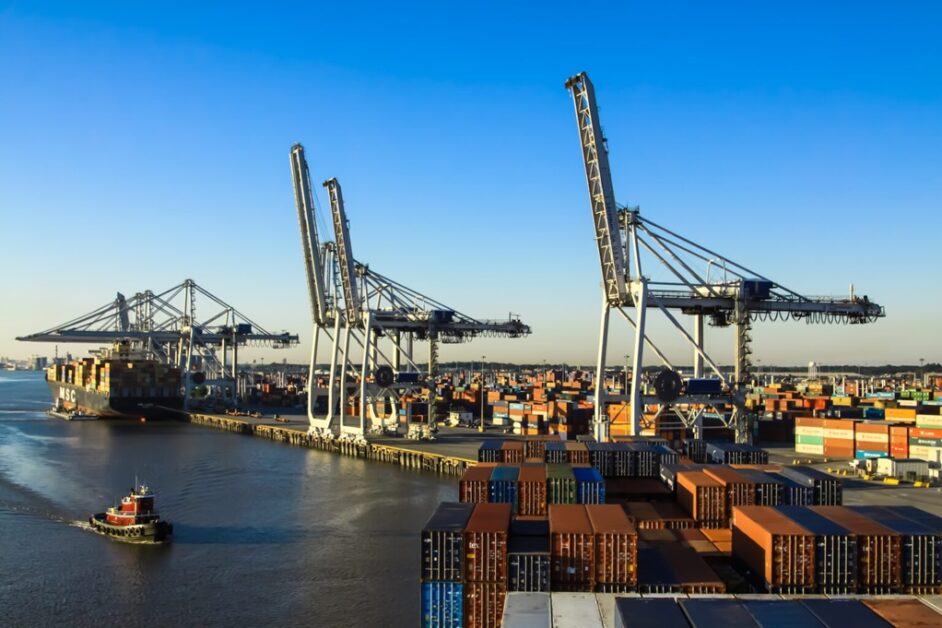Day two of the dockworker strike across America’s eastern seaboard sees little chance of an early end to the industrial action that is seeing queues forming outside many of the country’s largest ports.
With union leaders heavily framing the impasse about foreign port operators profiteering, neither political party in the US in this election year has been willing to commit to resolving the industrial action, which some analysts suggest is costing the American economy $5bn for each day the ports are closed.
Around 45,000 dockworkers at ports stretching from Maine to Texas went on strike on Monday night in the largest terminal industrial action seen anywhere in the world this century.
The International Longshoremen’s Association (ILA) union has not been able to come up with new contract with employer group, the United States Maritime Alliance (USMX), having sought wage increases of more than 70% plus commitments by port operators not to automate their facilities.
The ports involved accounted for 57% of all US imports last year, according to data from HSBC Bank.
President Joe Biden of the Democrat party yesterday backed the ILA in their fight with employers, urging USMX to meet the union’s demands, going so far as to threaten foreign carriers involved in the ongoing industrial impasse.
Donald Trump, running for reelection as the Republican contender for the White House, has also come out in support of the ILA.
The US Department of Transportation has called on ocean carriers to withdraw their surcharges which they’ve initiated ahead of the strike.
Danish container consultancy eeSea has tracked a total of 202 boxships with a combined capacity of 1.045m teu currently in port, waiting or expected to arrive into strike-hit ports in the next six days.
Vessel tracking data shows ships are already beginning to bunch up at key ports along the US eastern seaboard. Savannah, the second largest boxport along this coastline, is already the fourth most congested boxport in the world according to data from Linerlytica, an Asia-based container advisory.
Looking beyond containers, Gulf Coast ports, especially Houston and New Orleans, handle 60-70% of the US exports of crude oil, refined petroleum products, and natural gas, according to Project44, an American supply chain platform.
A significant portion of the petrochemical supply chain, including plastics and chemical feedstocks, also moves through these ports.
About 60% of US grain and soybean exports flow through Gulf Coast ports, with New Orleans being a major hub for agriculture exports from the Midwest.
Gulf Coast ports handle around 25-30% of US exports of industrial machinery and heavy equipment, much of it bound for Latin America and Europe.
Approximately 30-35% of US automotive imports and exports pass through east coast ports, especially vehicles and parts from Europe.
Combined, the east and Gulf coast ports handle about 25-30% of US imports of steel, cement, and other construction materials, primarily sourced from Europe and Latin America.







